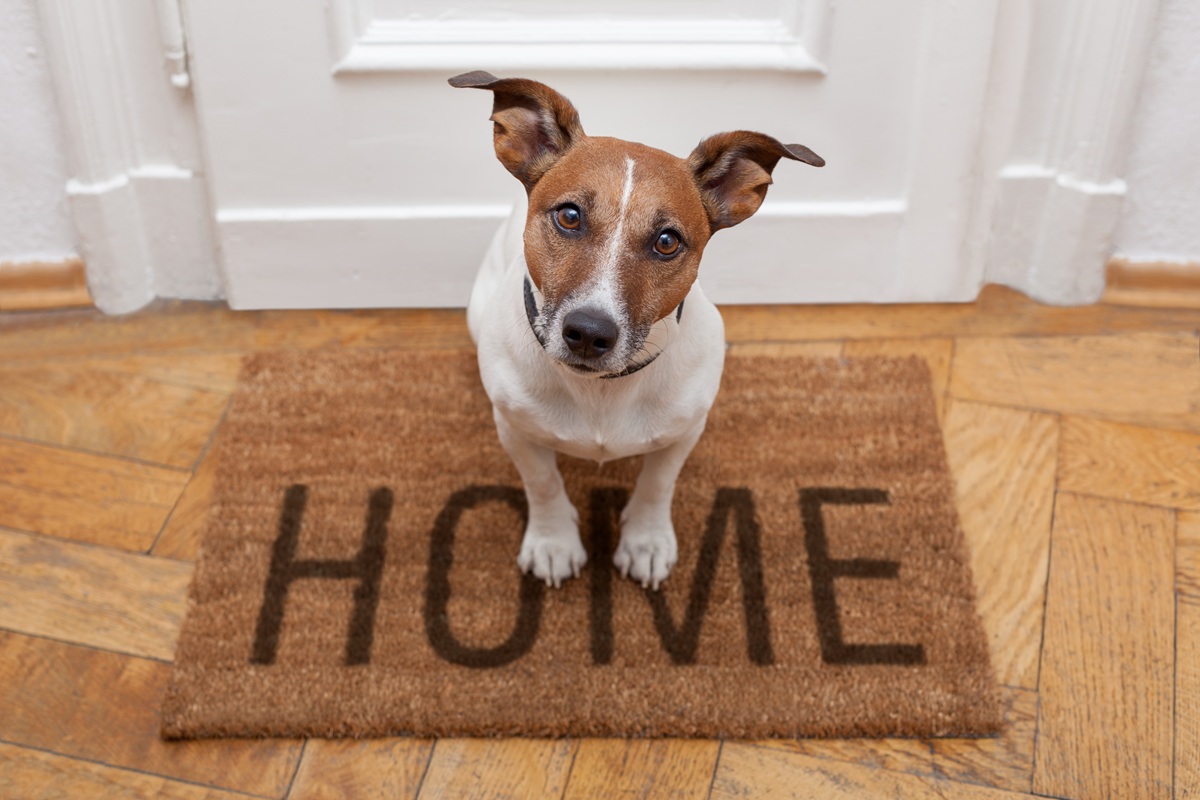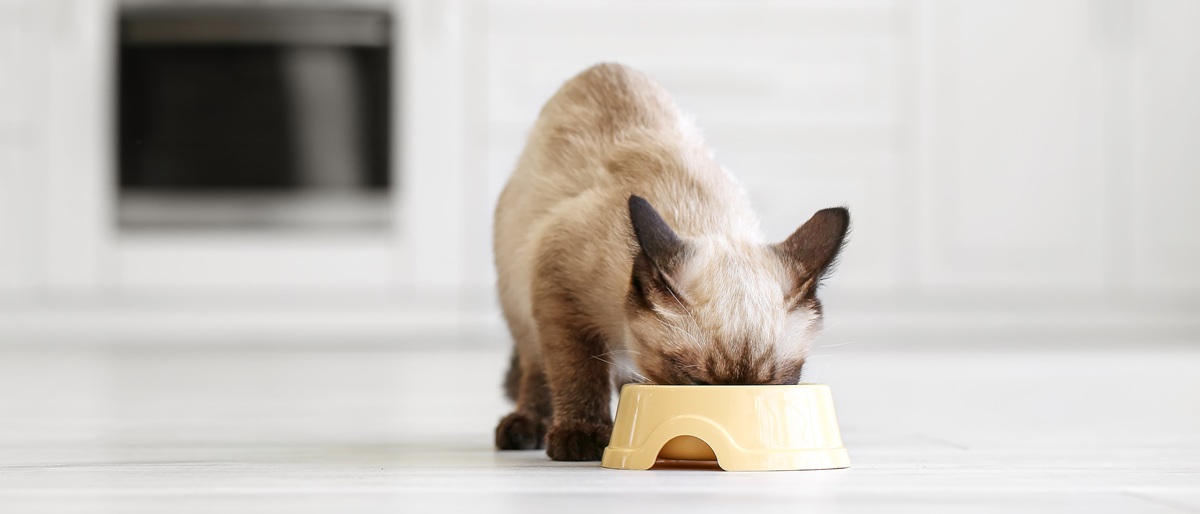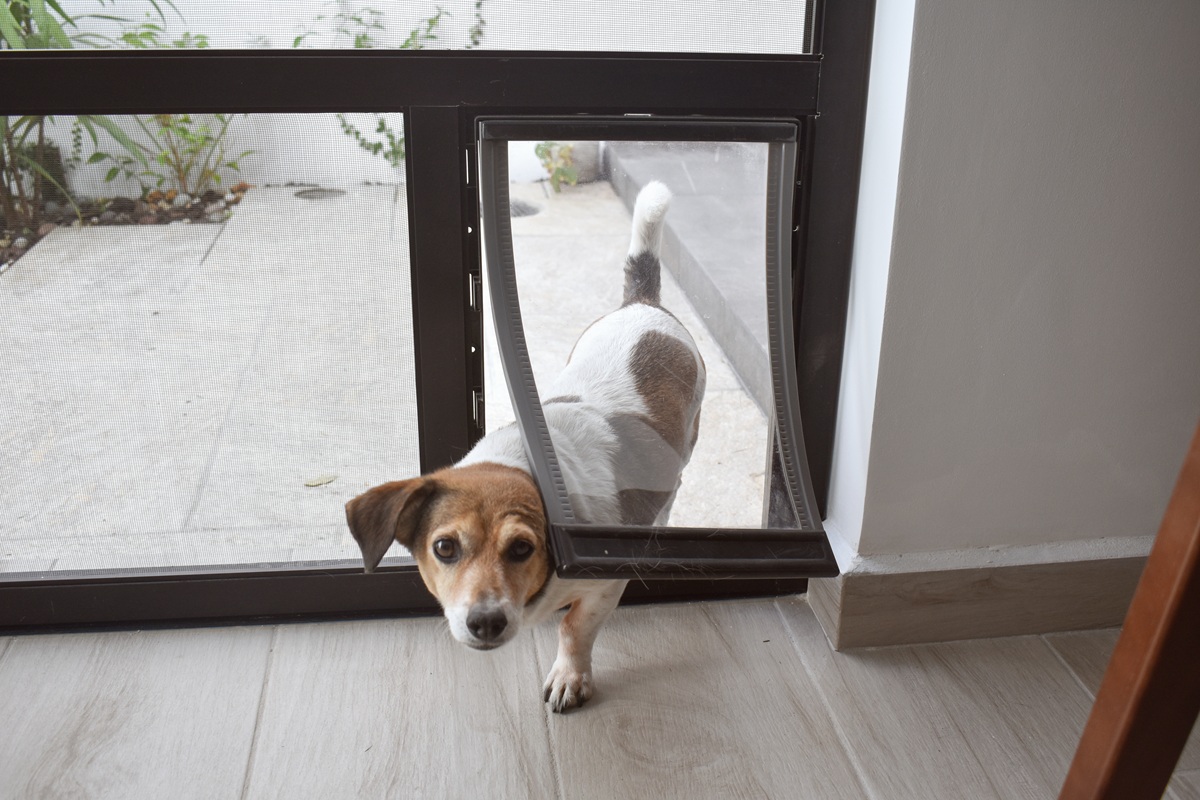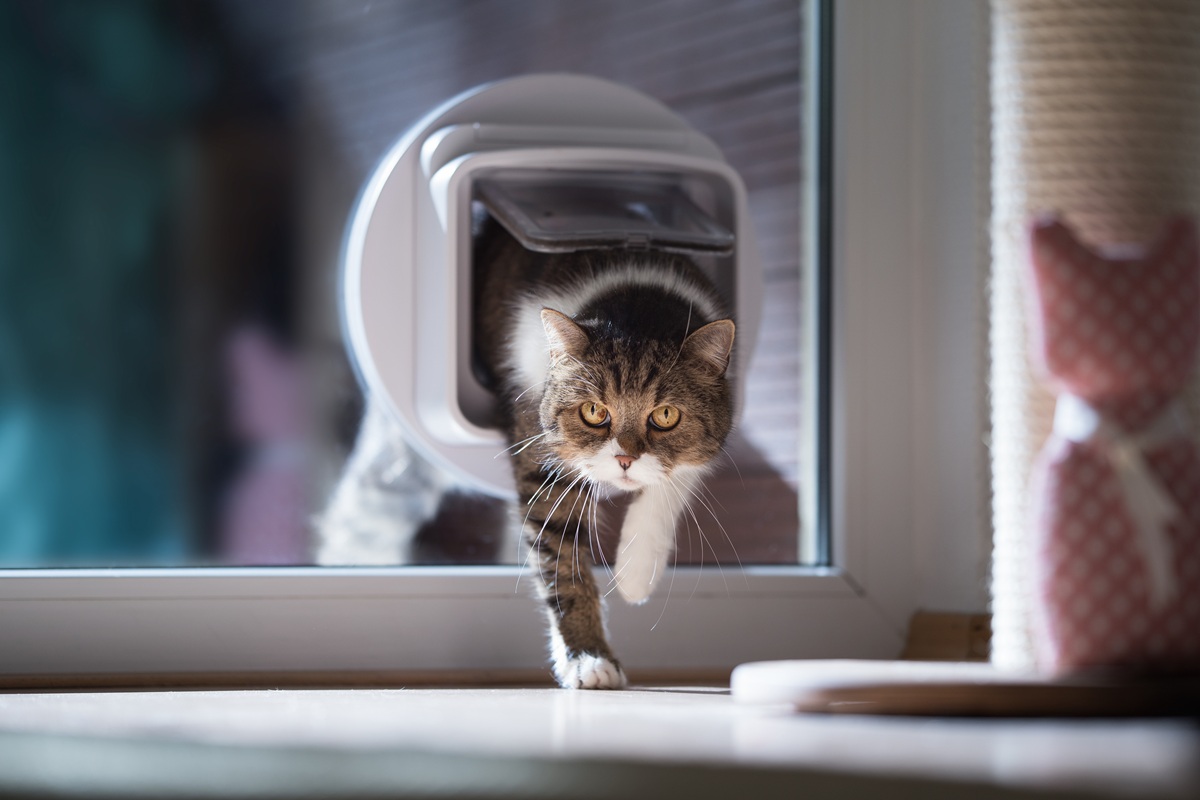Animal Chatter
By Iris Winston
Safety, comfort and routine are the heart of the matter when welcoming a new pet into your home. For longtime pet owners, preparation for the adoptee, whether a young puppy, kitten or older rescue animal, is simple.

It is likely that everything from a securely fenced backyard with a strong latch on the gate to a feeding station in one corner of the kitchen is already in place. But, if this is the first time you are sharing your home with a four-legged friend, you will want to do everything possible to keep your pet safe and make him feel at ease in his new environment.
Almost the first questions that officials at dog rescue or humane societies ask concern a fence. (Many will not consider approving an adoption unless the yard is fenced.) Is the fencing secure? Is it high enough to stop a large dog leaping over it or set deep enough into the ground to stop an adventurous pup digging underneath or pushing it out of alignment and sliding through? We have regular visits from a doggy neighbour who is an expert in fence realigning—not a problem as this charmer and my dog enjoy each other’s company, but it could be an issue with some other escape artists.

A fair amount of rearranging is necessary inside to counter animal curiosity and instincts. For example, it’s important to ensure that all garbage containers are firmly closed or out of reach and, if one is kept under the kitchen sink, that the cupboard doors are not easily opened by an inquisitive nose or an agile paw. It is equally important to keep such enticingly chewable items as electrical leads or blind cords out of harm’s way, particularly when pups and kittens are teething. Providing alternative chewables in the form of interesting toys that squeak, rustle or are very satisfying to chomp on works well to keep pets occupied and entertained.
This is probably the time to ditch most house plants, even if they enhance the décor. At the very least, plants should be in high places or generally out of the reach of exploring paws and mouths. Some 700 plants are toxic to cats and dogs, with symptoms ranging from mild stomach upsets to severe vomiting or even fatal consequences. This also goes for such common household products as antifreeze, pesticides and cleaning supplies, which should all be kept well away from animals. It also applies to medications and some foods such as chocolate, grapes and artificial sweeteners such as xylitol. And then there is the dangerous and expensive issue of socks or shoelaces, both of which often have to be removed surgically if ingested by a curious kitten or pup.
 Having dealt with the safety aspects of preparing for a pet, which is similar in many ways to keeping the home safe for a human baby, it’s time to ensure that the animal is comfortable and has his own special place. This includes providing a cosy bed and regular food and fresh water in their own spots. Cats enjoy climbing frames (cat condos) and scratching posts. Show them their kitty litter box as soon as they are introduced to their new home. There should be more than one if the household is home to two cats and litter boxes should be in easily accessible but private places. It is also important that they are cleaned daily as most cats are extremely fastidious and may refuse to use a litter box that is less than pristine.
Having dealt with the safety aspects of preparing for a pet, which is similar in many ways to keeping the home safe for a human baby, it’s time to ensure that the animal is comfortable and has his own special place. This includes providing a cosy bed and regular food and fresh water in their own spots. Cats enjoy climbing frames (cat condos) and scratching posts. Show them their kitty litter box as soon as they are introduced to their new home. There should be more than one if the household is home to two cats and litter boxes should be in easily accessible but private places. It is also important that they are cleaned daily as most cats are extremely fastidious and may refuse to use a litter box that is less than pristine.
Dogs should be taken outside to the area where you want them to do their business. And, until they are completely house-trained, they should be accompanied, not simply put outside. How else can you congratulate them as soon as they perform and so learn what is expected of them?

In the early days, it is probably wise to confine newcomers to limited areas using X-pens or baby gates and gradually widening their horizons as their confidence increases. You may also want to insert a cat or dog door to give direct access to an outdoor run, depending on your preference, schedule and location.
And that brings us to routine. Regularity of activities not only helps with house training but also contributes to a pet’s sense of well-being. Knowing that the morning walk precedes breakfast or that there is a short trip outside just before bedtime is part of everyday comfort. Simply put, a regular routine adds to a pet’s sense of security as he settles into his forever home.
Almonte, Ontario, writer Iris Winston is a former executive director of the Canadian Federation of Humane Societies. She has been an animal lover all her life. Her pets have always been important members of her family.






